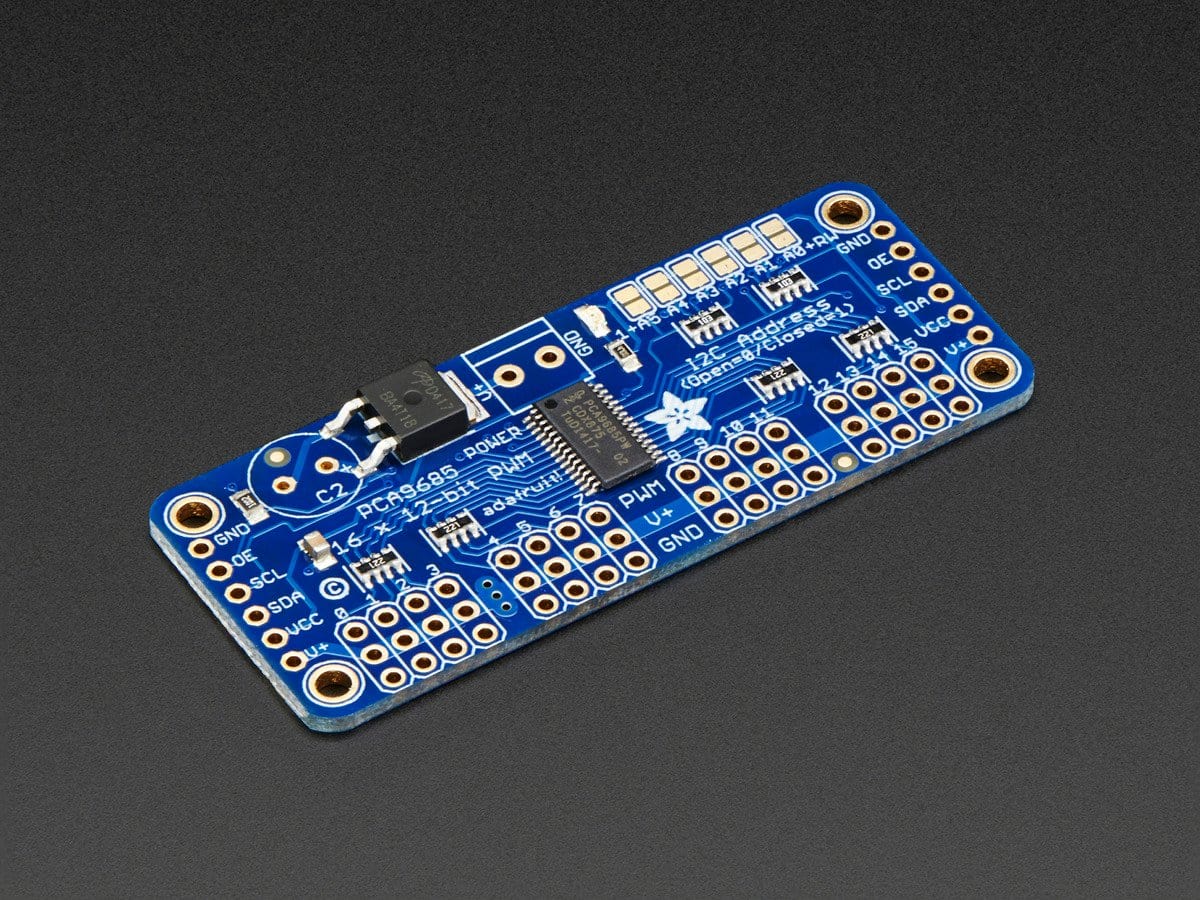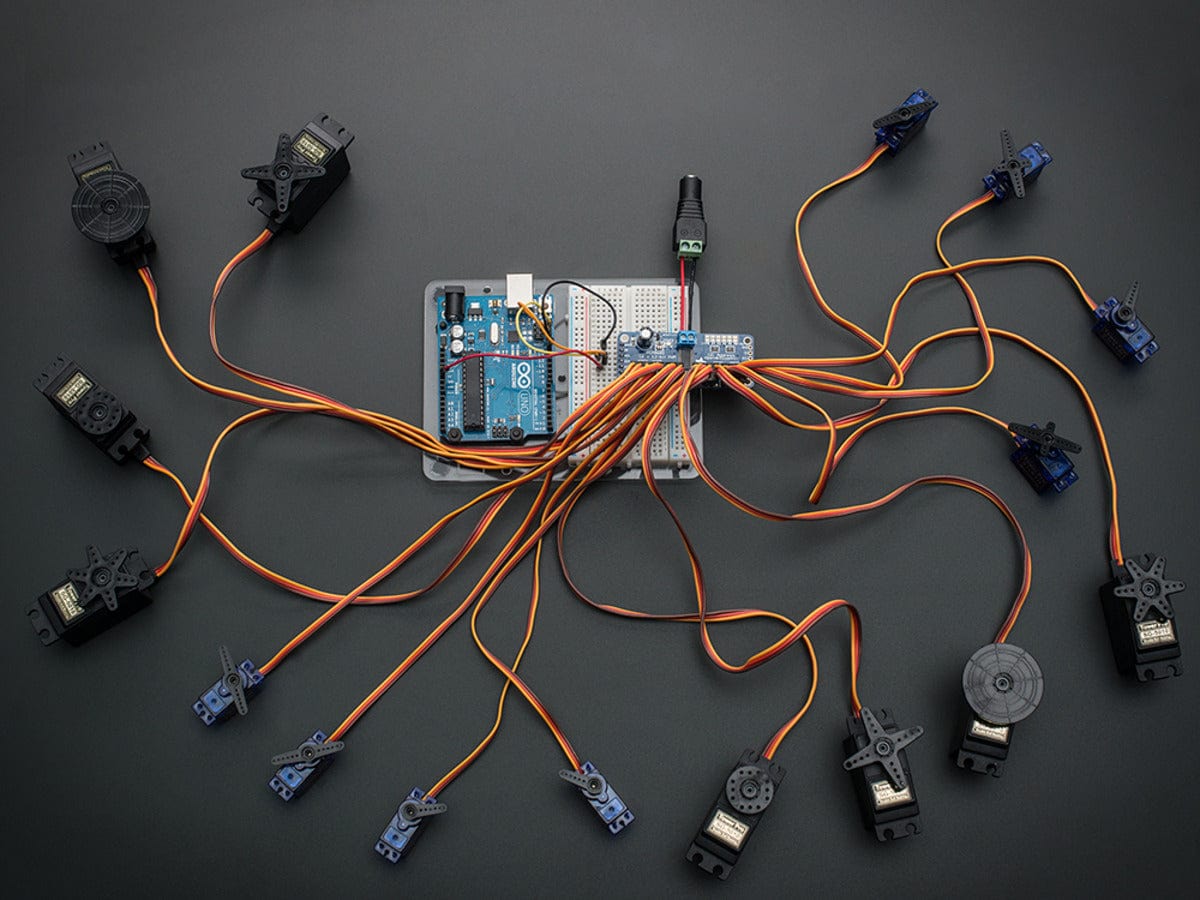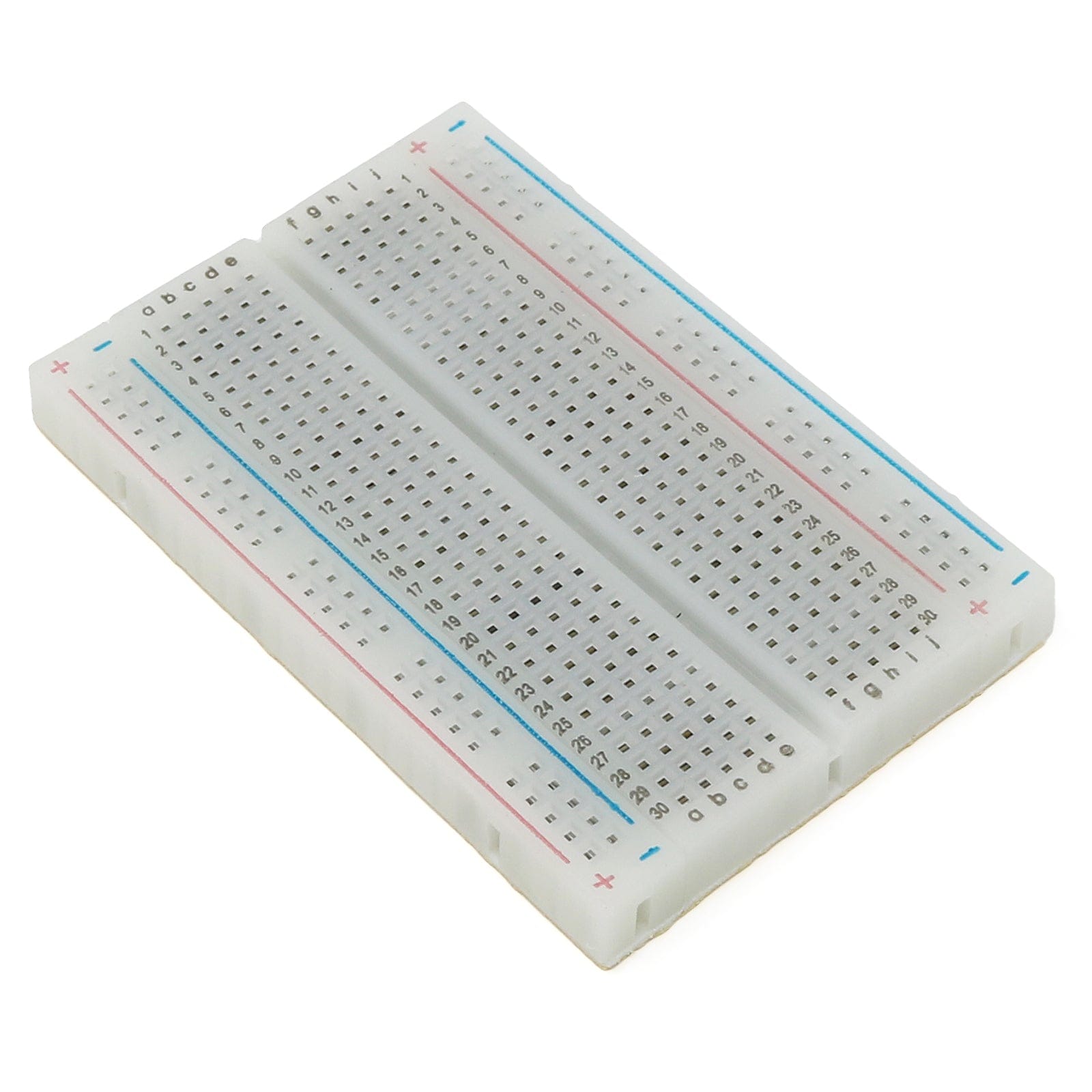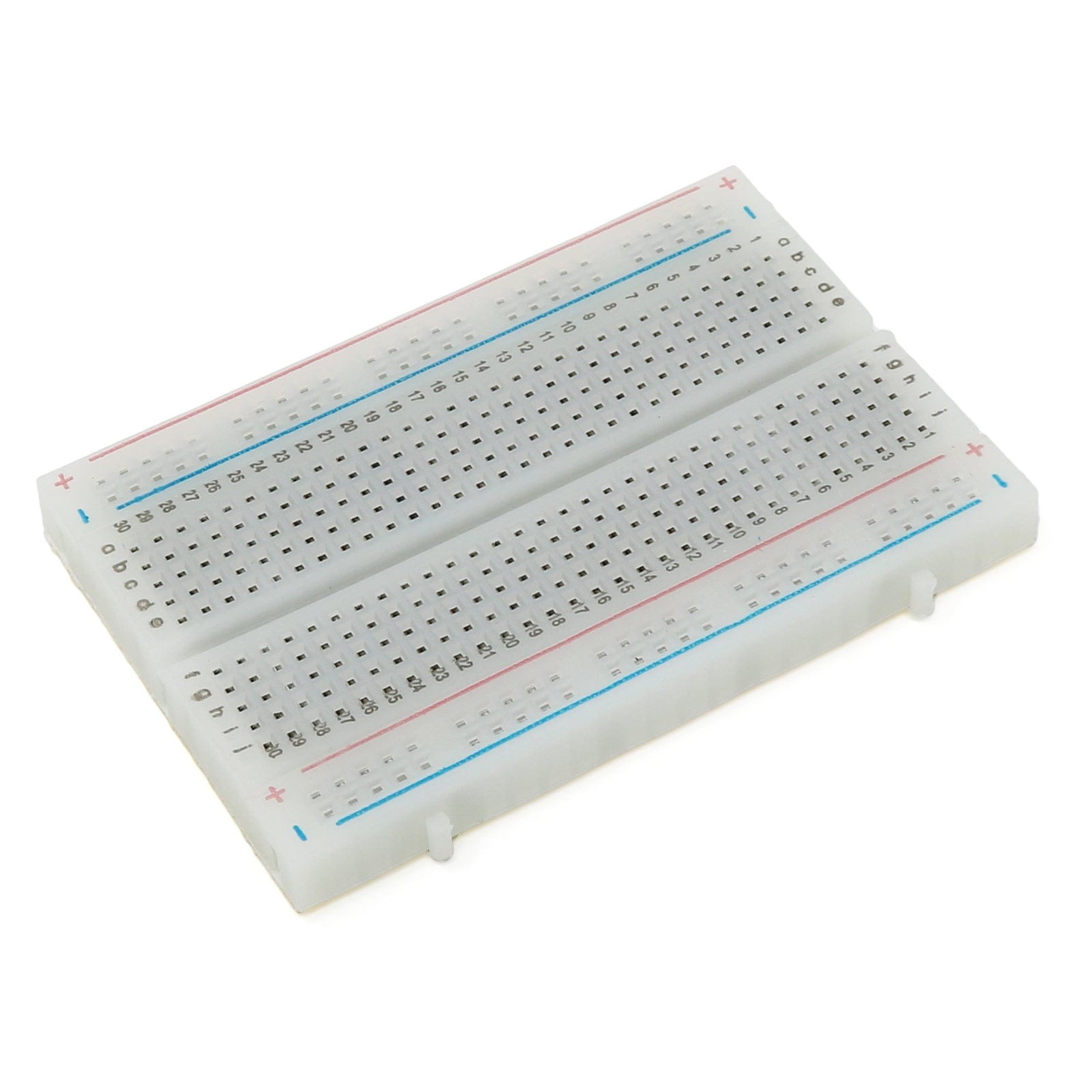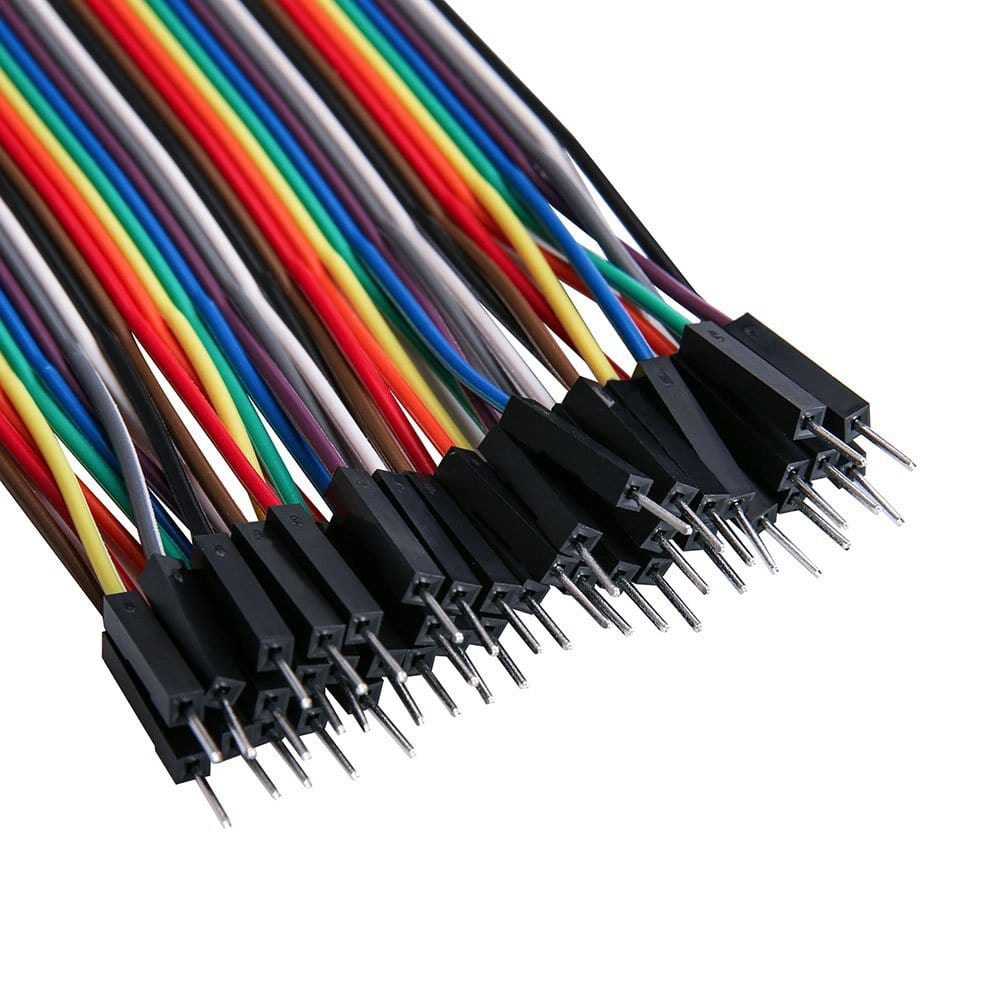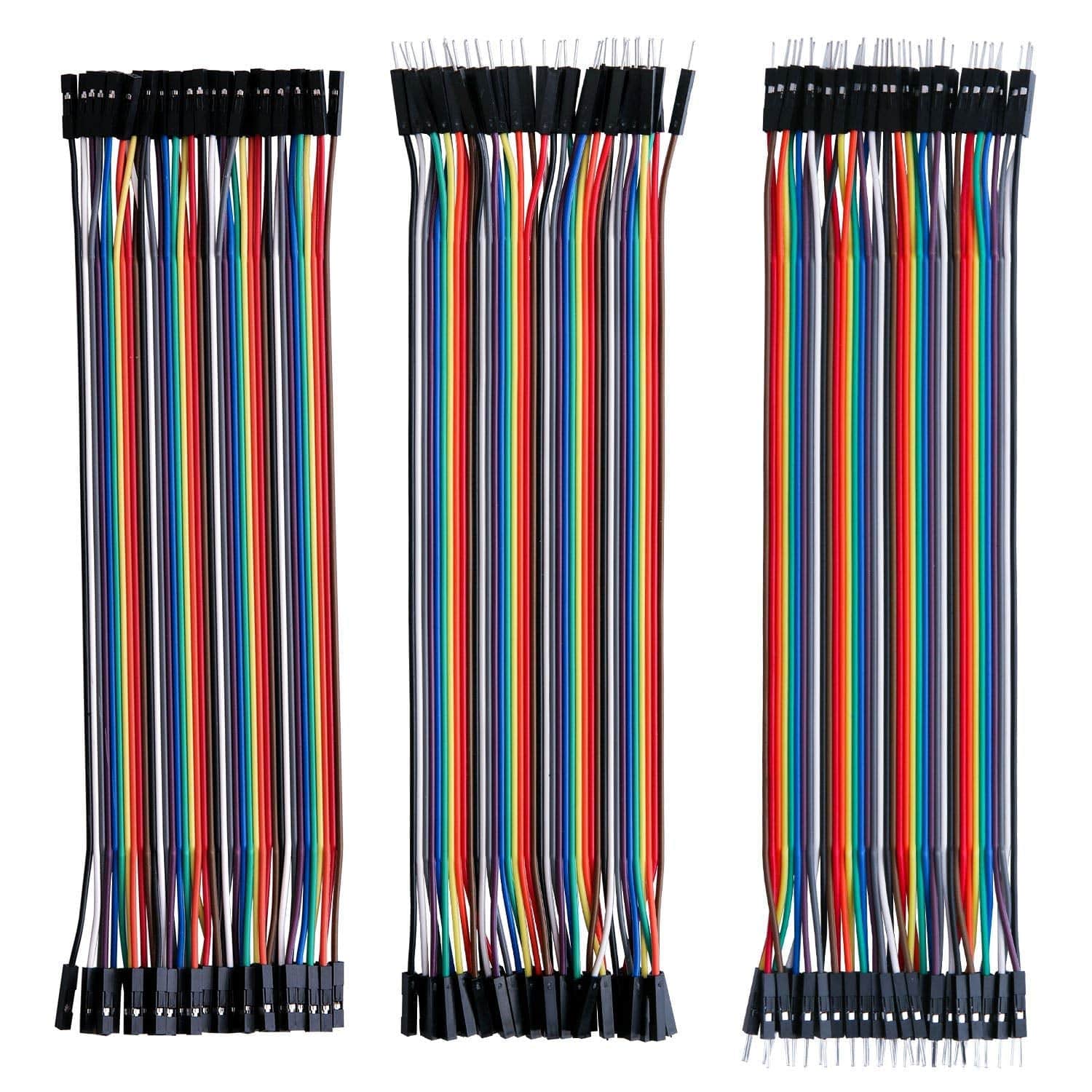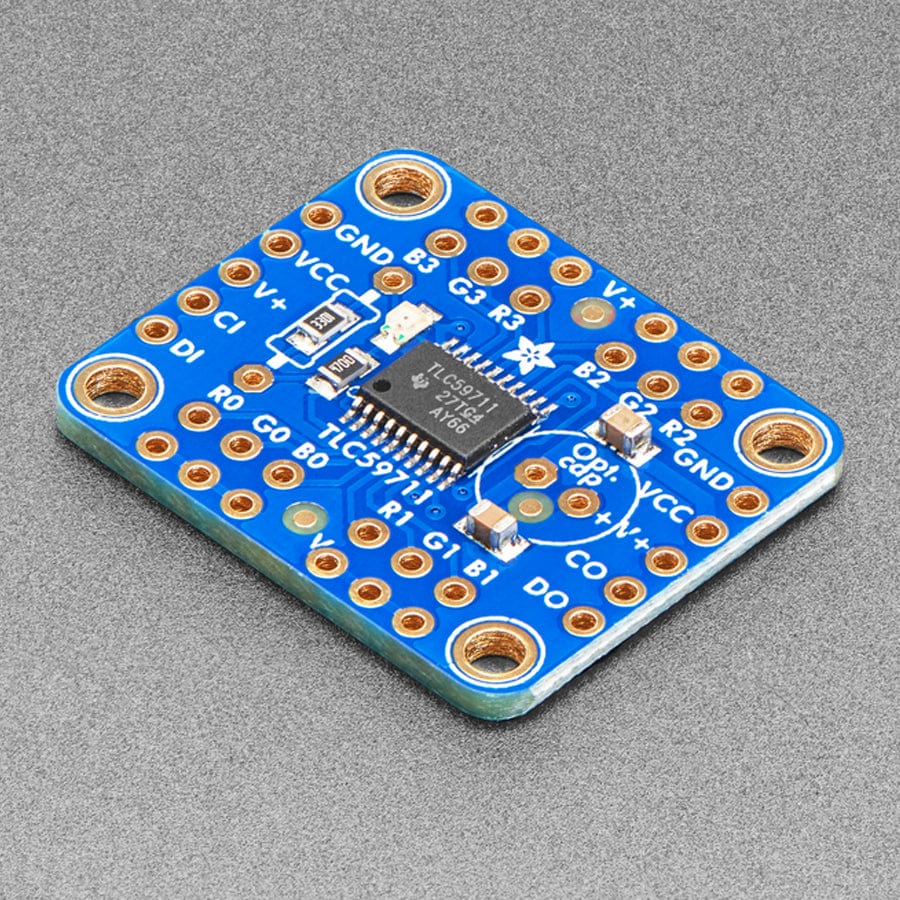
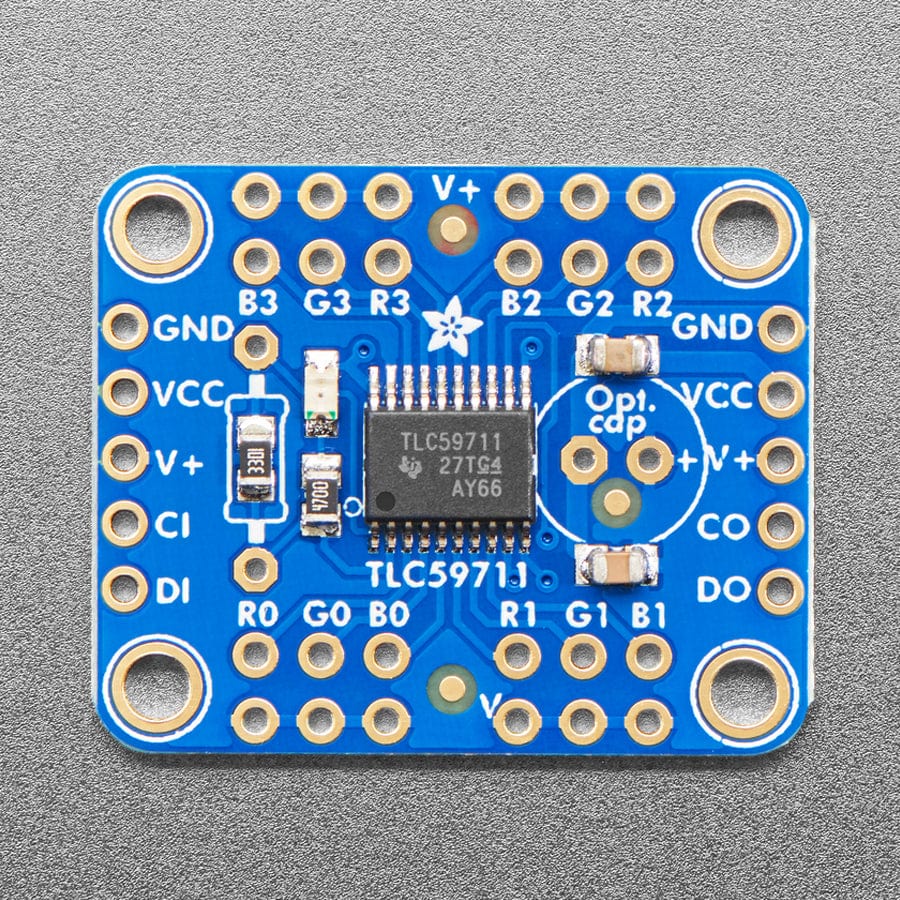
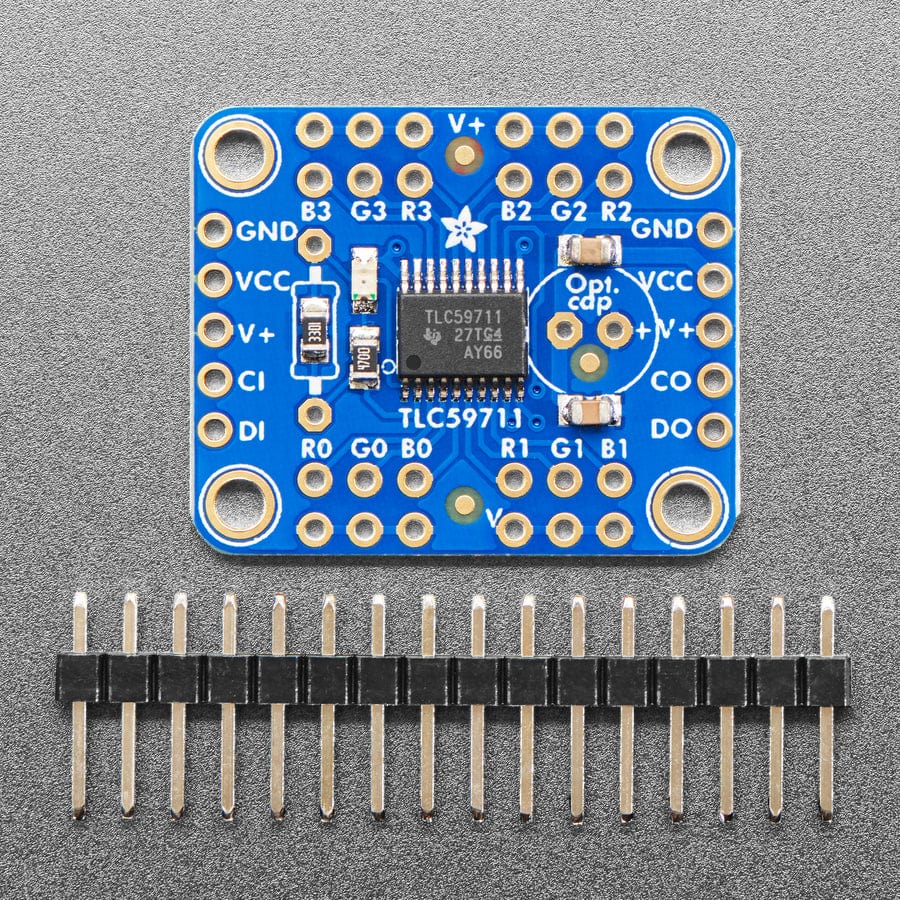
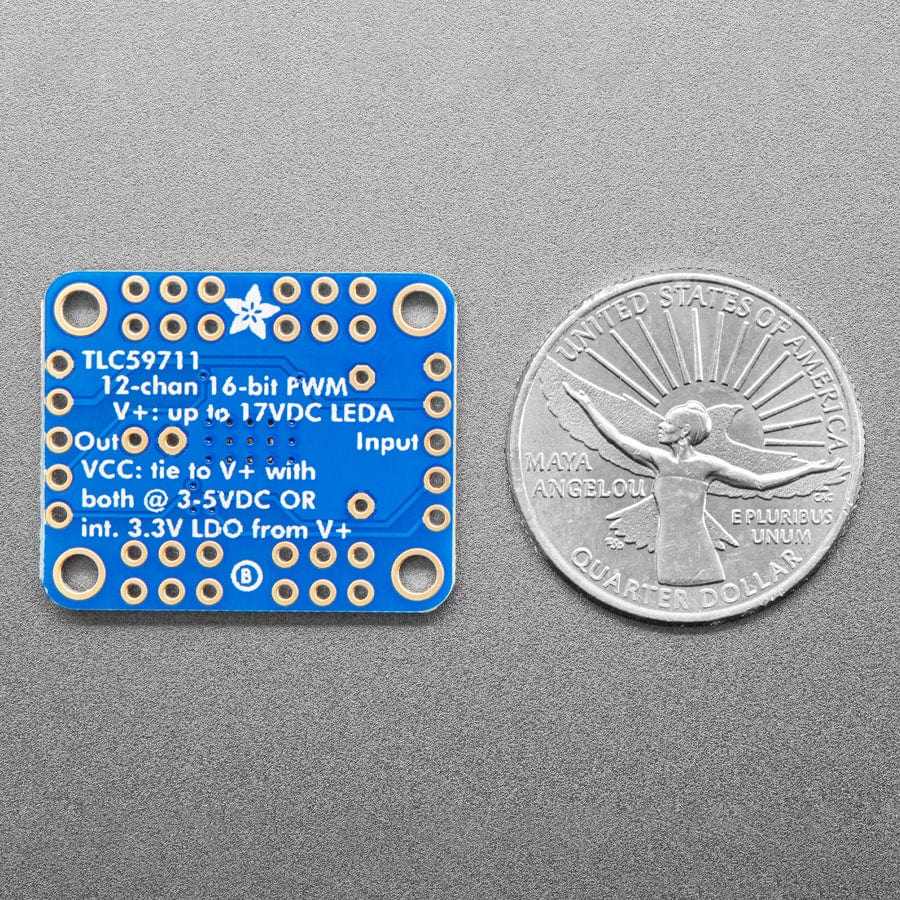
3.67
Based on 3 reviews
Write Review
Sort
Clear Filters
Order By
Newest First
Oldest First
Most Popular
Highest Rating
Breakdown
2
0
0
0
1
Product Reviews
Adafruit 12-Channel 16-bit PWM LED Driver - SPI Interface (TLC59711)
Worked immediately when using adafruits driver on an arduino nano, no issues driving every channel with a different brightness. Used up to 13v to drive single leds with no problems
Was this review helpful?
2 years ago
Adafruit 12-Channel 16-bit PWM LED Driver - SPI Interface (TLC59711)
I ordered 2 of these, and tried both with Pico and Arduino but can’t get them to work. RPEL and serial monitor show code running fine. Also they seem to light LEDs by default and burn them out, not sure how for a 15mA constant current. Anyway PI hut and adafruit normally good, but in this instance can’t get to work! never had such issues before. So if you know what your they are probably great.
Was this review helpful?
3 years ago
Adafruit 12-Channel 16-bit PWM LED Driver - SPI Interface (TLC59711)
This does exactly what it says it will do... It's adafruit so you know the library works and will be simple to implement! For good reason my project couldn't utilise the library so I just had to write to it using shift out. Totally easy to do once you got your head around the long data structure (200+ bits) that the chip needs - very clear on the data sheet. If you want to control 12 channels of PWM LED then you should consider this!
Was this review helpful?
3 years ago
New content loaded





